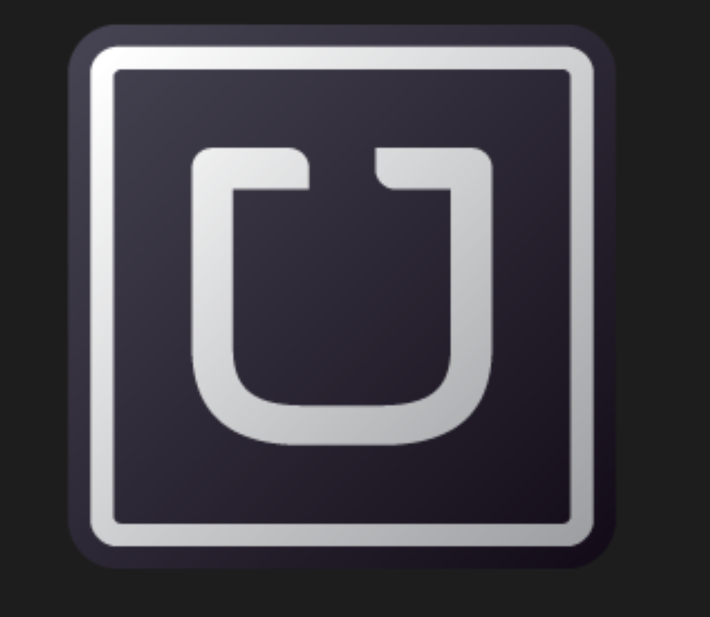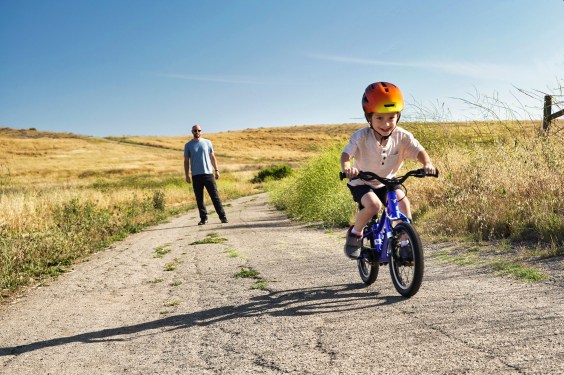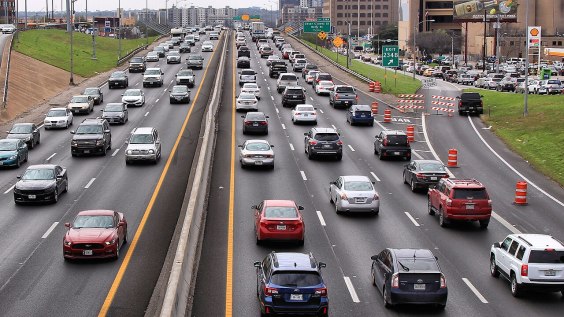UberPOOL, which gives Uber customers discounts to share rides, launched about a year and a half ago in San Francisco. Uber is now rolling the service out to the East Bay.
UberPOOL is more affordable because the cost of the trip is shared. The fare per trip is set at up to 50 percent cheaper than UberX during commuting hours (7-10 a.m. and 5-8 p.m.) and up to 25 percent cheaper every other time–whether Uber pairs you up with another passenger or not.
Lyft Line, of course, is the equivalent service from Uber's competitor. By combining trips, both should reduce congestion--that is, if one goes with the theory that car sharing services pull people away from single occupancy, privately owned cars. But what if they're pulling people away from transit, walking and cycling?
"There are certainly some conveniences, and even some benefits of ride-hail. So far, however, the data demonstrates that overall, ride-hail is adding vehicles to our streets," said Nicole Ferrara, Executive Director of Walk San Francisco. "For those companies that are telling us otherwise, I say, show me the data!"
A study from the University of California, Berkeley, seems to support Ferrara's conclusions. According to a survey that was part of the study, over 40 percent of ride-hail customers said they would have walked, biked or taken transit. Survey questions were asked of ride-hail customers right as they got out of an Uber or Lyft. A previous Streetsblog post, looking at Uber's impact in Manhattan, seems to support the claim that Uber generates more vehicle miles, more congestion and, one can extrapolate, more pollution.
That said, car sharing services aren't going anywhere, so the more tushies per car, the better. Let's hope car pooling will become integral to Uber and Lyft everywhere. There's also the potential for growing "pools" into a high tech version of jitneys, with services such as Via.
Uber also experimented with a promising idea during Super Bowl week. Car sharing services are already seen as a big part of the last-mile problem, just like traditional taxis. But Uber took it a step further, by partnering with Caltrain, promoting and discounting "POOLtrain" for people using the service to get to and from any Caltrain Station. Laura Zapata, a spokeswoman for Uber, said that POOLtrain, while just a pilot, "gave us some good data to be able to launch UberPool in the East Bay," she said. The company hopes UberPool will also help solve parking at overcrowded BART stations. But perhaps there is also room for a long term version of POOLtrain?
Like so many aspects of the transportation puzzle, with car hailing services it will come down to how they are promoted and run. But it also depends on public investments. Once Caltrain is electrified and running at high speeds and frequencies, it would be foolish to use a car service, or any car, for a trip from San Francisco to San Mateo, because it will take longer, even without the usual traffic jams. Car-hail services will make the most money by helping Caltrain and BART work--giving someone another means to bridge the last two or three miles from the train station to their final destination. But if the government continuous to widen roads at the expense of transit, Uber and Lyft will end up joining and contributing to traffic congestion, crashes, and pollution, just like any other cars.





